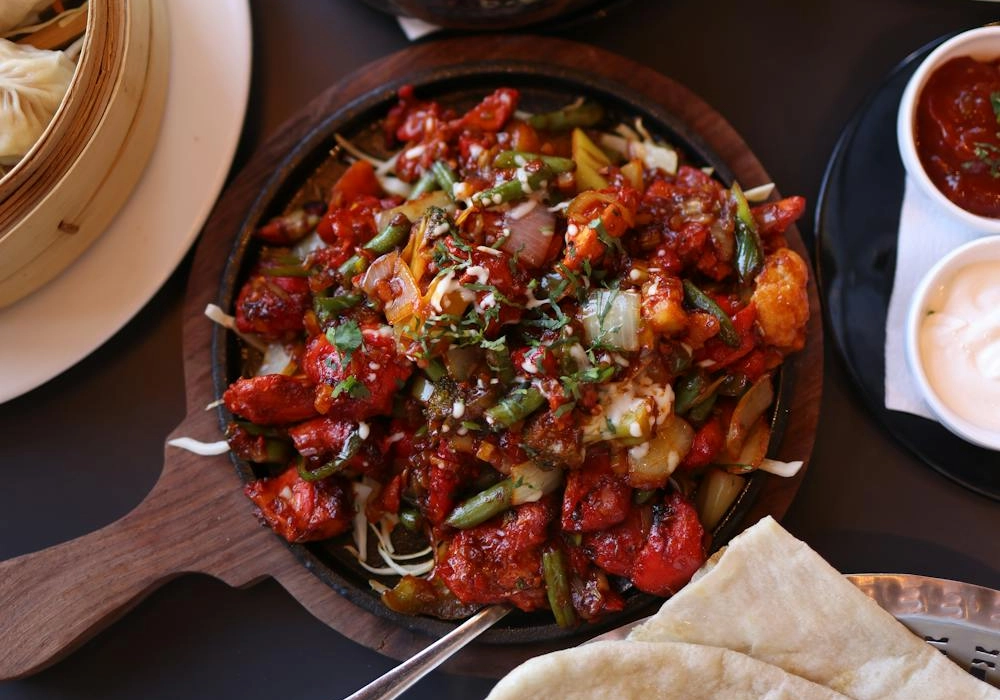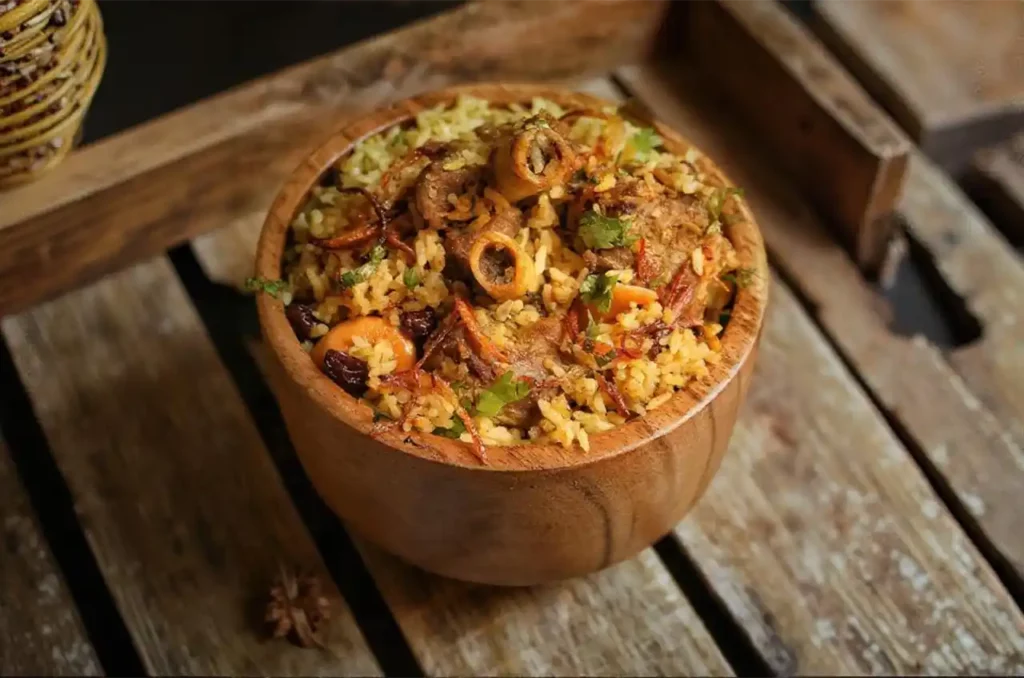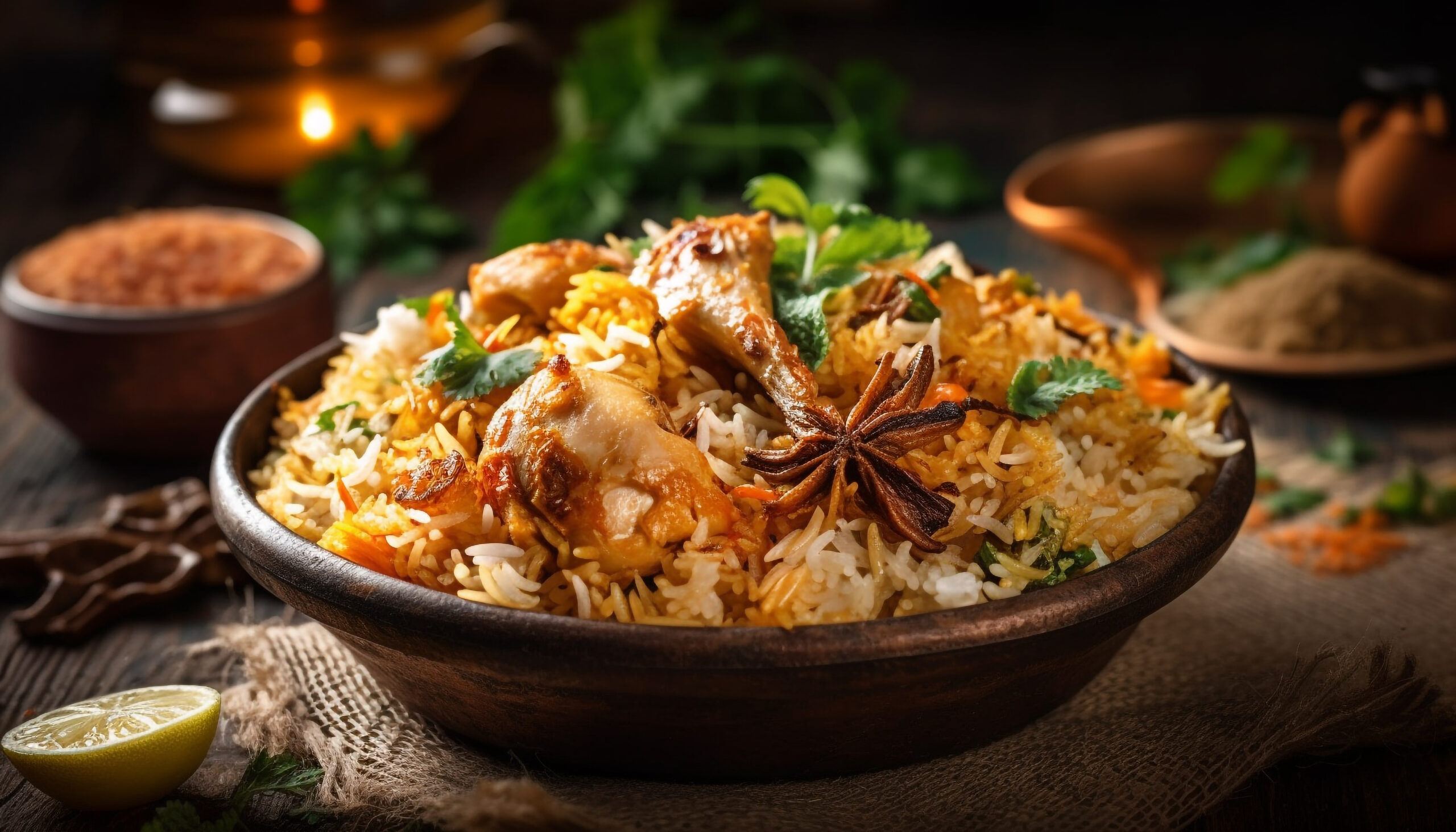The Colonial Ports and the Spread of Biryani
Walk into any British town today and you’ll find biryani on a menu—whether at an Indian restaurant, a Pakistani takeaway, or even a supermarket “ready meal” aisle. But behind that normality lies centuries of travel and upheaval. Biryani’s path to Britain is inseparable from the story of colonial trade, migration, and port cities that connected South Asia to the wider world.
Bombay: The Gateway Dish
By the late 18th century, Bombay (Mumbai) was one of the busiest colonial ports under the East India Company. Its docks drew people from Gujarat, the Konkan coast, and further inland. Each community brought its own food traditions, and biryani—not a single dish, but a family of regional styles—adapted to this restless, port-facing city. The Koli fisherfolk and dockworkers ate simpler rice-meat pilafs, while merchants dined on elaborate Mughal-influenced biryanis layered with saffron and ghee. Bombay became the first jump-off point for biryani’s seaborne journey.
Zanzibar: Where Spice Routes Met
By the 19th century, Indian merchants, especially Gujarati and Konkani Muslims, were well established on the Swahili coast. They carried biryani recipes into East Africa, where cloves, cinnamon, and cardamom were already grown in abundance under Omani and later European influence. In Zanzibar, biryani merged with local techniques—the rice often boiled with coconut milk, the meat sometimes goat rather than mutton. This was biryani adapting to new climates and cultures, a living marker of Indian Ocean trade.
Singapore: A Colonial Crossroads
Singapore, declared a free port by the British in 1819, attracted Tamil Muslims and Malay traders who introduced their own versions of biryani. By the early 20th century, “nasi biryani” or “briyani” was a staple of the hawker stalls that lined its streets. Here, the dish absorbed Malay spicing and was served alongside local pickles and sambals. Colonial military settlements and the movement of Indian sepoys helped spread biryani as a canteen staple as well.
London: From Docklands to Curry Houses
The first records of biryani entering Britain come through the lascars—Indian seamen who worked on East India Company and later colonial steamships in the 18th and 19th centuries. In London’s Docklands, lascar boarding houses provided familiar food, including rice and meat dishes that closely resembled biryani. By the late Victorian period, Indian restaurants in the West End (such as Salut-e-Hind in the 1890s) occasionally offered “pulao” or “biryani” to curious British diners.
The real anchoring, though, came in the mid-20th century. Post-war migration brought waves of families from India, Pakistan, and Bangladesh, who made biryani part of daily life in cities like Birmingham, Leicester, Bradford, and London. Recipes adjusted to British supermarkets: frozen peas replaced fresh ones, sunflower oil replaced mustard oil, and chicken—far cheaper in Britain than mutton—gradually became the default meat.
Biryani as Part of Britain’s Food Memory
By the 1970s, “biryani and curry” nights were part of Britain’s weekend culture. What started in colonial port cities had embedded itself in Britain’s own food story—first through sailors, traders, indentured workers, and students, and later through communities who made this country home.
Dum’s Claim to Authentic Roots
When Dum talks about biryani in the UK, it isn’t borrowing from another culture—it’s working within a history that has been established over two centuries. Each plate carries that layered legacy: Bombay’s docks, Zanzibar’s spice markets, Singapore’s hawker stalls, and London’s curry houses. Britain’s love of biryani is not new—it is inherited, lived, and continually recreated.











